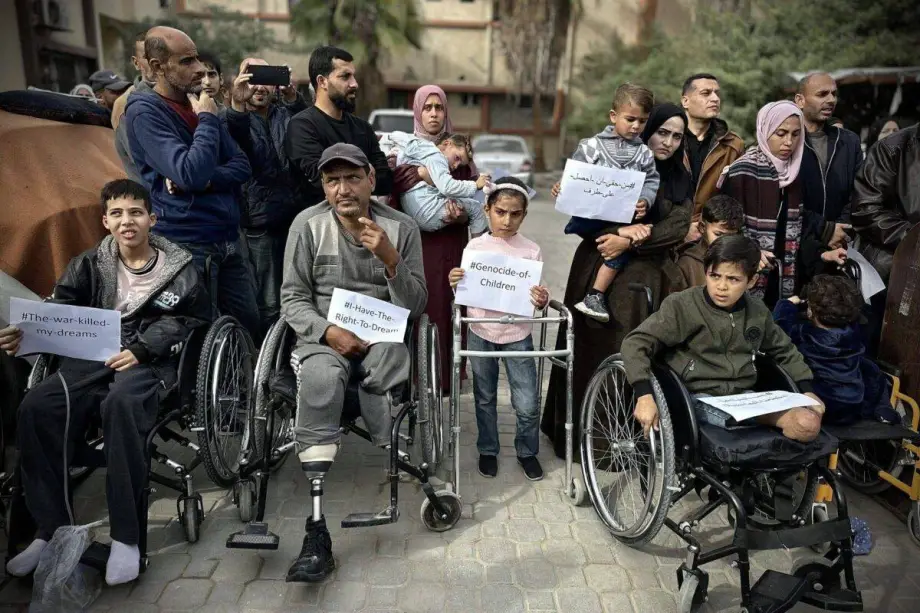After three days of indirect negotiations in Egypt, Israel and Hamas have approved the first phase of a US-brokered ceasefire plan aimed at ending the devastating Gaza conflict. The deal, announced by US President Donald Trump, outlines a roadmap toward what he called a “strong, durable, and everlasting peace.”
The ceasefire is expected to take effect within 24 hours of approval by Israel’s cabinet. Under the agreement, Israeli forces will withdraw to new positions, maintaining control over about 53% of Gaza as part of a phased pullout plan. Hamas will then begin releasing 20 surviving hostages within 72 hours, followed by the return of the bodies of 28 deceased captives.
In exchange, Israel will release around 250 Palestinian prisoners serving life sentences and 1,700 detainees from Gaza. Additionally, Israel will return the remains of 15 Gazans for every Israeli hostage released.
Humanitarian relief will also form a key part of the first phase. Hundreds of aid trucks will enter Gaza daily—initially 400, with the goal of increasing to 600—to help ease the severe famine confirmed by UN-backed experts in August. A multinational monitoring force led by the US will oversee the ceasefire, including troops from Egypt, Qatar, Turkey, and the UAE.
Later stages of the 20-point plan will involve complex negotiations. Gaza would be demilitarized and eventually governed by a transitional committee of Palestinian technocrats under a “Board of Peace” chaired by Trump and former UK Prime Minister Tony Blair.
However, major sticking points remain. Hamas has not agreed to disarm, while Israeli Prime Minister Benjamin Netanyahu rejects any future role for the Palestinian Authority in Gaza. The plan’s vague timeline for full Israeli withdrawal also raises questions about lasting stability.
For now, though, the world watches as this fragile ceasefire begins a tentative step toward ending one of the most brutal conflicts in recent history.

